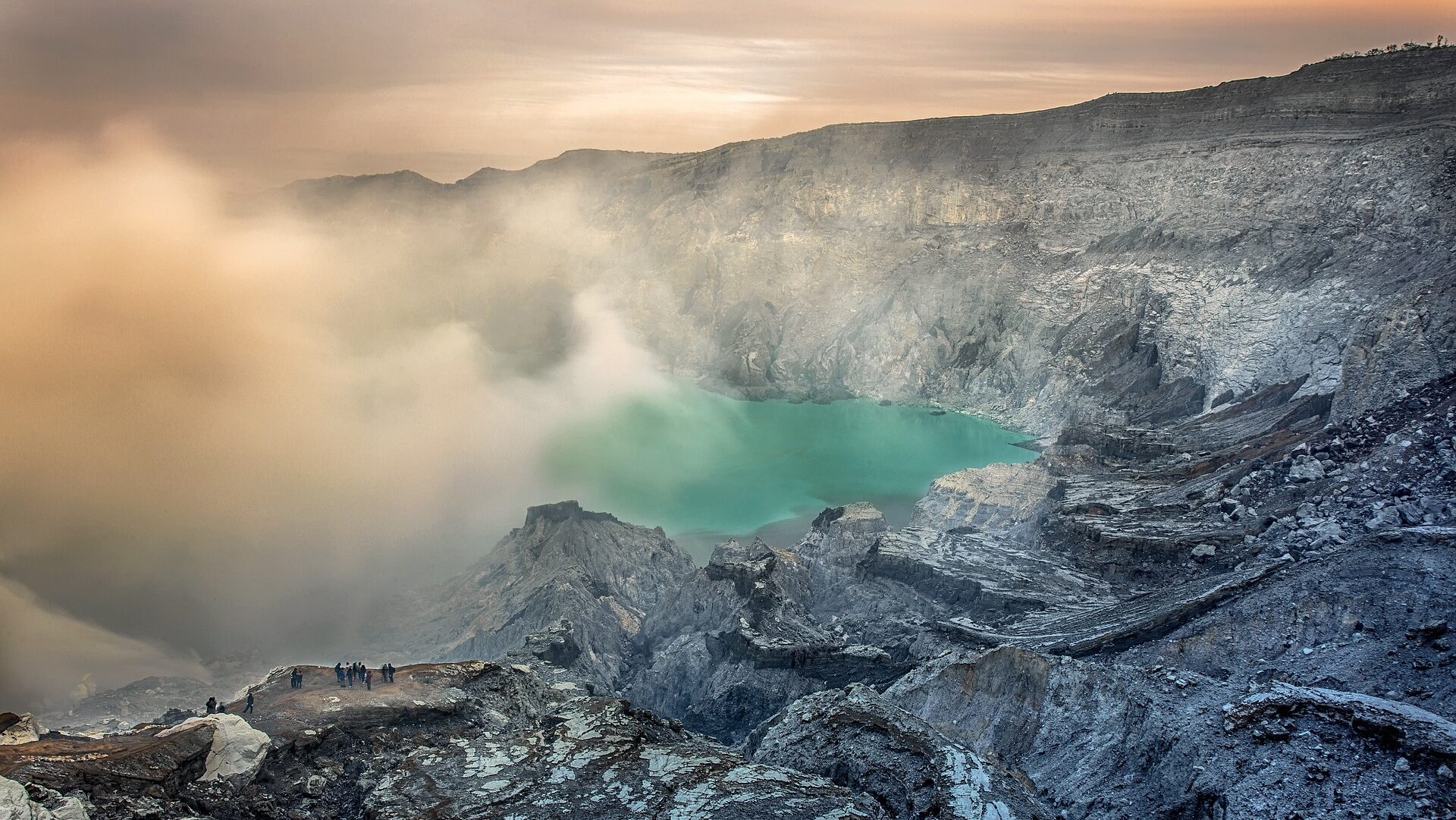Reading Time – 6 Minutes, Difficulty Level – 3/5
Salt, an essential ingredient in our kitchens and a crucial nutrient for life that embarks on a remarkable journey from ore to our tables. Its production involves a complex interplay of geological, chemical, and technological processes that lead to transforming raw mineral deposits into the refined salt we consume daily.
So, what is Table salt?
In the scientific community, it’s called “Halite” and it is composed of two chemical elements: sodium (Na) and chloride (Cl), with a distinctive crystalline structure, typically cubic. In addition to this typical form, other components can be added or kept during production to achieve certain nutritional and production standards, like Anti-Caking agents to prevent clumping, free flowing agents to improve flowability and ease of packaging, and potassium iodide and sodium iodide to fortify salt and help with iodine deficiency. In other salt types, original chemical elements that naturally present in the mine are preserved to provide a specific medical and dietary properties like Celtic sea salt.
When we talk about “Salt,” we’re not just talking about table salt, which is mostly made up of a substance called Halite (97-99%). “Salt” actually include different types of ionic compounds like oxides, halides, and sulfides. Since there are so many kinds of salts, it might be easier to just keep calling it “Halite” for now in our scientific journey.

Halite and its Cubic crystal structure component (TRU PRESSBOOKS)
Salt Extraction Methods
There are 3 main methods for extracting salt.
- Solution mining
- Solution mining entails injecting water into underground geological layers containing salt deposits. This water dissolves the fossil salt rock, creating a brine (water saturated with salt), which is then brought to the surface. The brine is then evaporated to extract the raw salt, the composition of which varies depending on the type of underground salt formation targeted. This method enables the easy and selective mining of different salts, such as potash (which is rich in potassium).

Schematic view of solution mining from deep-seated rock salt after (Haldar, 2018)
- Rock Salt mining
- Rock salt mining relies on the physical excavation of surface or subsurface geological salt deposit formations in a quarry (open-pit) or underground by digging tunnels that follow the geological structure. This method provides more important ore volumes, at lower costs, but lower purity levels need more meticulous purification processes.
- Solar evaporation mining
- The most practical and common technique, as old as civilization itself, is driven by the evaporation parameters and the geochemistry of brines. This seemingly simple method relies on fundamental thermodynamic principles, transforming seawater or brines into distinct components: Halite, supersaturated brines, and other salts.
Wondering how we get halite crystals from brines? Let’s dive into the chemistry of the brines and how they crystallize minerals like halite during their evaporation.
The Chemistry Behind Halite Crystal Formation in Brines

Graphical diagram of traditional Sea salt production in Thailand. After (Tansuchat, 2023)
Stage One: Eliminating Carbonates, Sulfates, Heavy Metals, and Other Impurities
At this primary purification stage, the natural brines are usually pumped to concentration ponds where the preparation of the main evaporation process begins. Brines are a highly concentrated solution of different ions and solid particles such as metals and inorganic debris. During solar evaporation, H2O (water) is removed from the brine solution, triggering a crystallization process of minerals with lower solubility, mainly sulfates and carbonates like gypsum. This process reduces ion concentrations, that leads to the crystallization of these minerals in the future. Also, heavy metals and other impurities precipitate out by gravity.
Additionally, as the brines evaporate, their density increases, creating ideal conditions for the crystallization of Halite. Halite, which is slightly more soluble than carbonates and sulfates, crystallizes due to saturation with sodium and chloride ions in the concentrated brines.

Precipitation curve of the main evaporites during saline water (sea water) evaporation, after (Sonnenfeld, 1984)
Stage Two: Solar Evaporation
The brines from the concentration ponds are ready for halite production. After being pumped into the crystallization ponds and as solar evaporation takes effects, the chemical conditions needed for halite precipitation will be reached. This triggers the crystallization of halite while water continues to evaporate from the system.
The brine density continues to rise at this stage, its sodium content depleting until a certain point is reached, causing a drastic decrease in halite formation. At the same time, magnesium and potassium rich minerals begin to crystallize.
To prevent the formation of minerals other than halite, the brine at this stage is regularly monitored through density check measures and sometimes ionic concentration analysis. This helps determine the evaporation stage and allows for the decision to stop halite production before other mineral formation begins. At the end of this stage, the remaining hypersaline brine will be pumped out of the ponds, and the salt crust formed is harvested and processed for further treatment and packaging.

Salt solar evaporation, refining, processing, and packaging steps diagram (in Cheetham Salt)
In some production facilities, the rejected brine is repurposed to extract other valuable minerals such as sylvite, which is rich in potassium.
The production of table salt is a scientific symphony, where geochemistry, mineralogy, and chemical properties intertwine. The extraction and purification processes, influenced by the diverse mineral composition, ensure that the salt we sprinkle on our meals is not just a seasoning but a testament to the harmonious marriage of science and everyday life.

Currently a PhD student studying brine geochemistry and mineralogy, I am also a Mining geologist with a Master’s degree in Mineral resources, Geo-materials and Environment. I have always been passionate about science and technology, especially natural sciences. I also enjoy mapping, graphic designing, coding, and blogging. I think that knowledge has no categorial limits. Science is connected and people, regardless of their backgrounds, should always try to learn new things.








